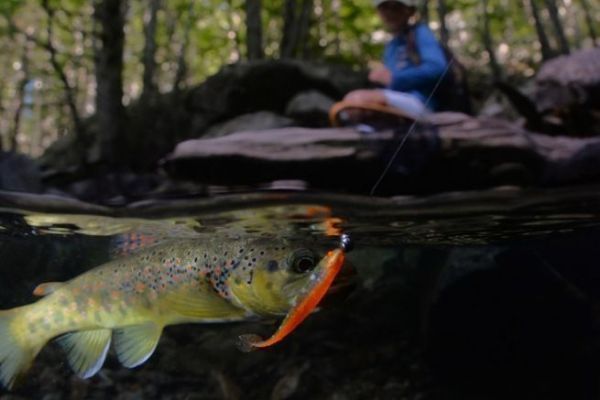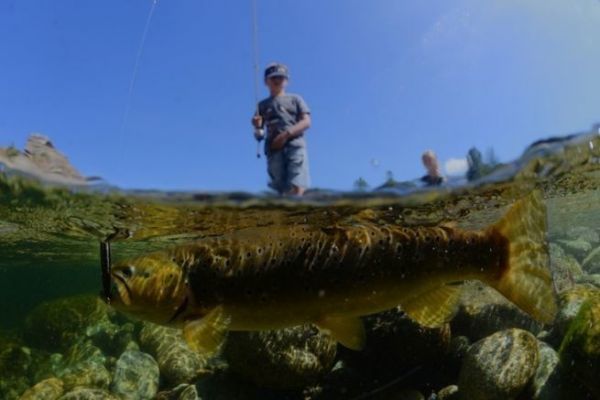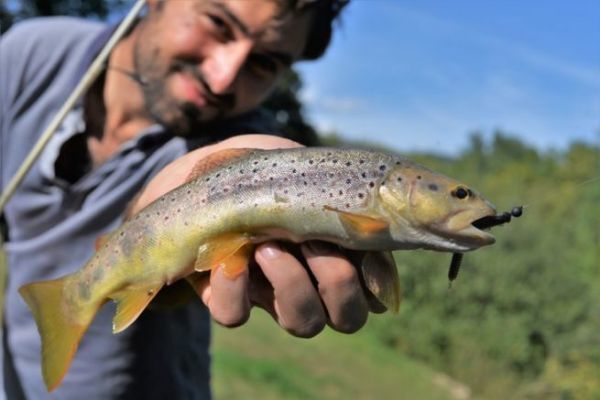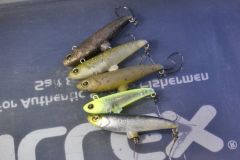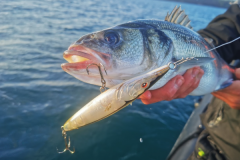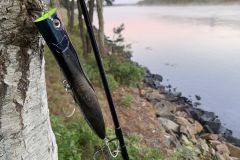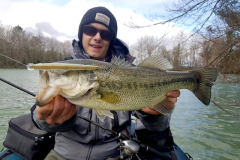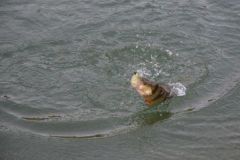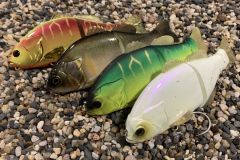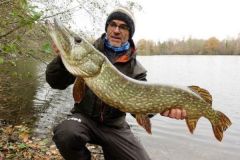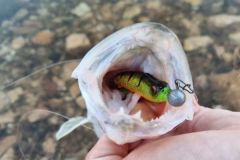What is a shad?
The vast majority of shads are pisciform (fish-shaped) and paddle-shaped, with an enlarged tail that swings from left to right. This tail will swim with a certain frequency and emit vibrations of varying strength depending on the type of shad used, the shape of the tail and the suppleness of the material. In general, the softer the lure and the thinner the tail, the softer and smoother the vibrations. The firmer the lure and the heavier the beater, the more powerful the vibrations. On the other hand, the latter models will swim if they are more heavily weighted and retrieved more quickly.
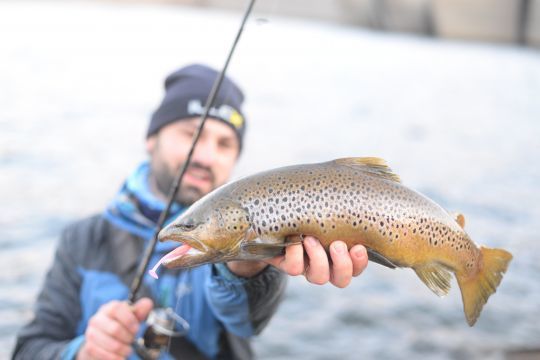
Paradoxically enough, shads have had a hard time catching on with trout anglers. However, they are a highly relevant and useful all-rounder in certain situations.
Follow the background
Shads can be particularly well weighted at the head with a leaded hook and can be used for hollow fishing in deep pools and lakes. In rivers, they are ideal for fishing by letting the lure drift downstream or in front of you and controlling its swimming depth by adjusting the angle of the rod. In this way, the lure passes at the desired height with perfect control while swimming and looking attractive thanks to its highly mobile caudal fin.
The number of possible combinations makes it extremely versatile. You can play with the weight, the size, the shape, the flexibility, the attractants...
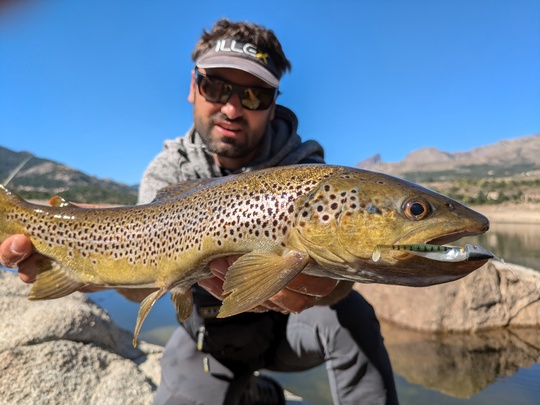
Whether on lake or river, soft shad lures are very effective and relevant when it comes to moving your lure close to the bottom, slowly following the topography. Their swimming action is very stable and linear and they swim well even at slow retrieve speeds.
What leaded head?
Round lead heads are all-purpose. They bring the lure down to the bottom for precise fishing in restricted areas (downstream of falls, roots, boulders, etc.). Round lead heads are used to bring the lure back in a slow linear or simple drift control or sawtooth pattern close to the bottom.
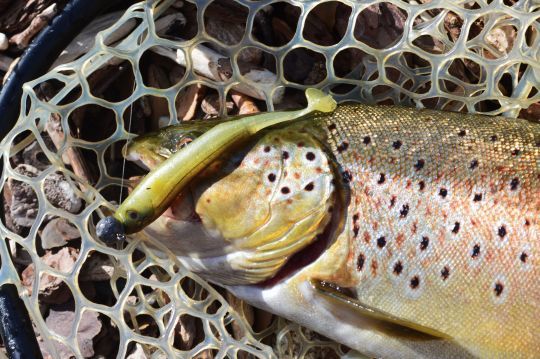
The sharper planing lead heads are more suitable for punchy animations in lakes or slow-flowing rivers, when the lure needs to be present and attractive without the aid of the current...
A sensitive rod with a marked tip action will be perfect. The shad can be used in so many different configurations that it could be the subject of a feature on its own. Remember that a sensitive rod is a plus, so you can work your lure well and feel when it hits the bottom, feel the slightest touch and enjoy yourself!

 /
/ 